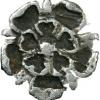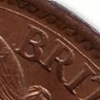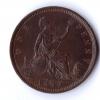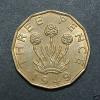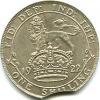Great film, shot in colour at a time when they were mostly black and white.
One of my John Huntley videos, "Steam on 35mm 1" features some great railway out takes shot on the Camerton branch of the now closed "Somerset & Dorset joint railway" in June/July 1952 when the film was being made. Superb scenery. They really caught some decent Summer weather as well.
Interestingly, the Camerton branch had already closed in 1951, but the tracks were not lifted until 1958, so it was possible to use them for filming, without interfering with main line schedules.
 Coinpublications.com
Coinpublications.com


